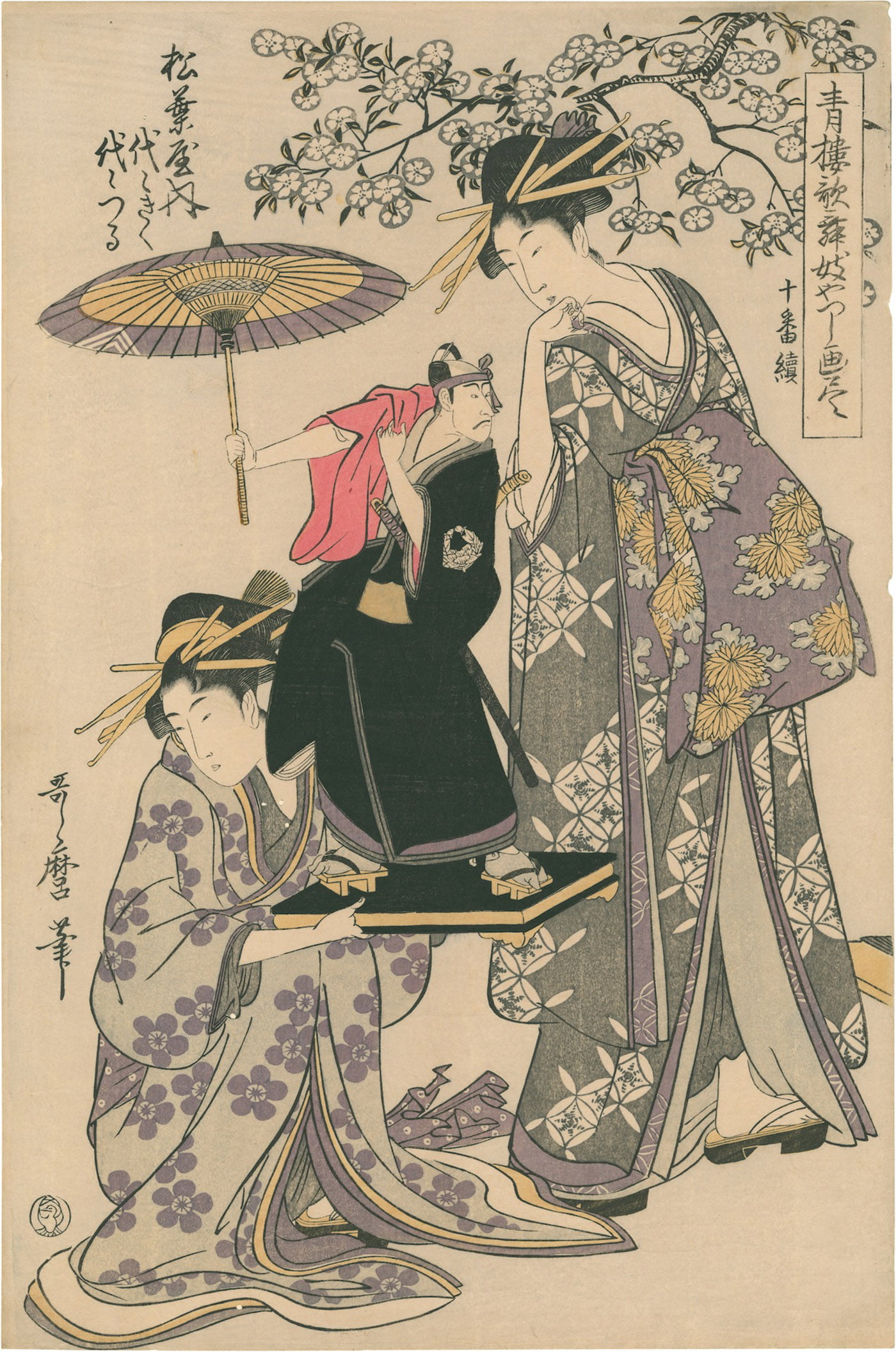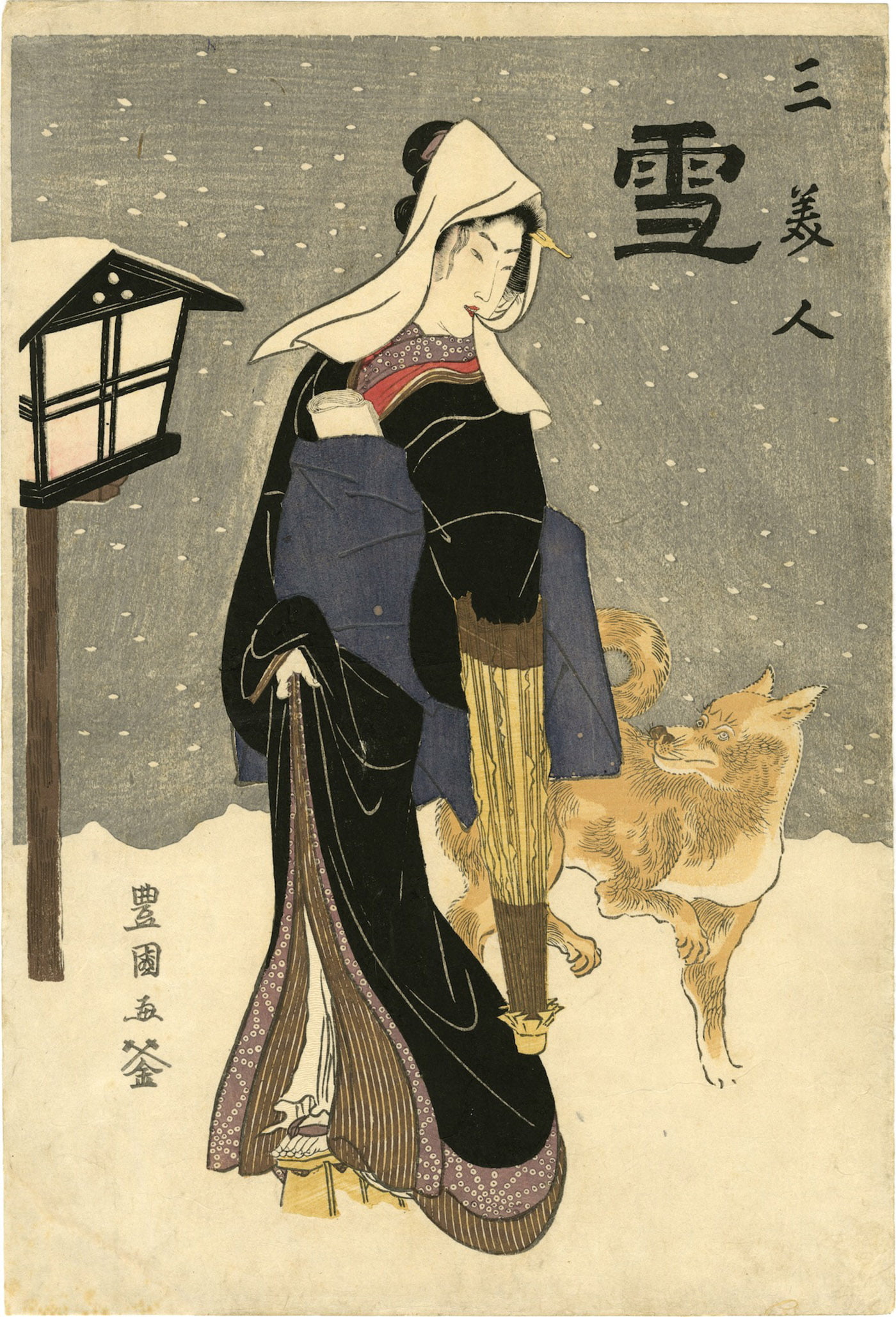Japan Museum SieboldHuis in Leiden, the Netherlands, showcases the deep cultural connection between Japan and the Netherlands, built over centuries of trade and exchange. Kris Schiermeier, the museum’s general director, discusses the history of the museum, its role in promoting cultural exchange.
Bridges: Can you tell us about the history of Japan Museum SieboldHuis and its mission?
Schiermeier: To further express the long and historically unique ties between the Netherlands and Japan, in 1999 the SieboldHuis Foundation was established. The aim of this foundation was to reopen the SieboldHuis as a museum to house the collection that Siebold himself had once exhibited here. Franz Philipp von Siebold (1796-1866) lived in this house and displayed his collection of Japanese objects and artifacts to a captivated public. More than 150 years later, in 2005 this building became Japan Museum SieboldHuis.
In addition to the permanent collection, there are temporary exhibitions throughout the year on a wide range of subjects. Japan Museum SieboldHuis is a place where you can learn about the Japan of the past and the present.


Japan Museum SieboldHuis has a reputation for showcasing unique and diverse exhibitions on Japanese culture. Can you give us a sneak peek into any upcoming exhibitions or events?
Japan Museum SieboldHuis exhibits a vast array of objects painstakingly collected by Philipp Franz von Siebold during his stay in Japan (1823-1829). They are yours to discover in the stately Dutch residence that once was his home. It was here that he first displayed his treasures brought back from his beloved Japan. An impressive collection of Japanese prints, lacquerware, ceramics, fossils, herbaria, stuffed animals, coins, textiles, maps, and hundreds of other treasures.
Recently, the exhibition titled “The Riddles of Ukiyo-e: Women and Men in Japanese Prints, 1765-1865” was on display. The works were exhibited until April 23, 2023, earlier this year.
The exhibition “Japanese Fables by the Miedema Brothers” opens on 4 May through to 27 August 2023. Exclusively for Japan Museum SieboldHuis, the Miedema brothers’ journey to the world of Japanese fables and fairy tales to bring both famous and lesser-known Japanese stories to life. Over 90 drawings were created to illustrate the sharp contrast between the tender imagery and the horrific stories. The dream-like scenes are guaranteed to arouse the fantasy in this intuitive exhibition.
The exhibition “Japan on a glass plate. 19th century photographs from the Kurokawa collection” will be exhibited from 8 September to 3 March 2024.
Over 140 coloured photos, supplemented with Japanese prints and books illustrate Japan at the end of the 19th century. The focus in this exhibition is on the introduction to photography in Japan, the historic narrative of the opening of Japan’s borders, the class society and the position of women, men and foreigners in Japan. Tourist spots, temples, tea houses and street life will be examined closely giving insight into the customs and manners of Japan’s Meiji period. The works of Felice Beato, Baron Raimund von Stillfried, Aldolfo Farsari, Kusakabe Kimbei, Ueno Hikoma and Shimooka Renjō will also be in display.
What role do you see the museum playing in promoting cultural exchange and understanding between Japan and the Netherlands?
I sincerely hope that through our extensive activities programme and varied exhibitions, we will be able to build upon the existing bonds of friendship that unite our two countries. At Japan Museum SieboldHuis we are pro-active in exploring new opportunities and further developing cooperative ties with Japan. In the spirit of our founding father Frans Philipp von Siebold, we continue to expand and redefine oiur relationship.



To further express the long and historically unique ties between the Netherlands and Japan, in 1999 the SieboldHuis Foundation was established. The aim of this foundation was to reopen the SieboldHuis as a museum to house the collection that Siebold himself had once exhibited here.
Kris Schiermeier, General Director, Japan Museum SieboldHuis
The museum has a strong educational component, offering workshops, tours, and lectures. Can you speak to the importance of providing these learning opportunities to visitors?
The exchange of knowledge was and still is vital to both our countries. Through workshops, tours, and lectures we are able to introduce Siebold’s legacy and the many facets of Japan to our visitors.



Japan has a rich and complex cultural history. How does the museum approach the task of presenting this history to a diverse audience with varying levels of familiarity with Japanese culture?
The Japanese-Dutch relationship is unique as it is the foundation upon which our two countries are based and through which our relations have grown and matured. These ties have proved to be mutually beneficial economically and have also enriched our societies in the fields of art and culture. Economic relations between the two countries are vibrant, covering the whole specter of goods and services. Several hundred Japanese companies call the Netherlands their home in Europe and this number is still increasing. The exchange in the high-tech sector is intensive. The continuation of the exchange of knowledge, the deepening of our friendship and cooperation in matters of mutual importance and global significance are important matters for us at Japan Museum SieboldHuis. Through the use of easily accessible texts in our (temporary) exhibitions, workshops, lectures, books and our educational programmes we reach a diverse audience with varying levels of familiarity with Japanese culture. The Siebold film and audio tour (in several languages including Japanese), add to the user-friendliness of our museum.
What are your long-term goals for Japan Museum SieboldHuis, and how do you envision the museum evolving in the future?
At the foot of a statue in the garden of the museum are the words: “I will not leave Japan until I have compiled a detailed description of the country and have gathered all the materials and flora needed for a Japan museum”.
It can be said that Siebold was true to his word. To this day we can enjoy the many wonders he brought back from Japan including a vast array of objects, fragrant blossoming trees, and plants. Siebold not only enriched our lives with the wonders of Japan, but he also added colour and beauty. As Japan Museum SieboldHuis we carry on in the spirit of Siebold by enriching our audience with the wonders of Japan and by adding colour and beauty now and in the future.






